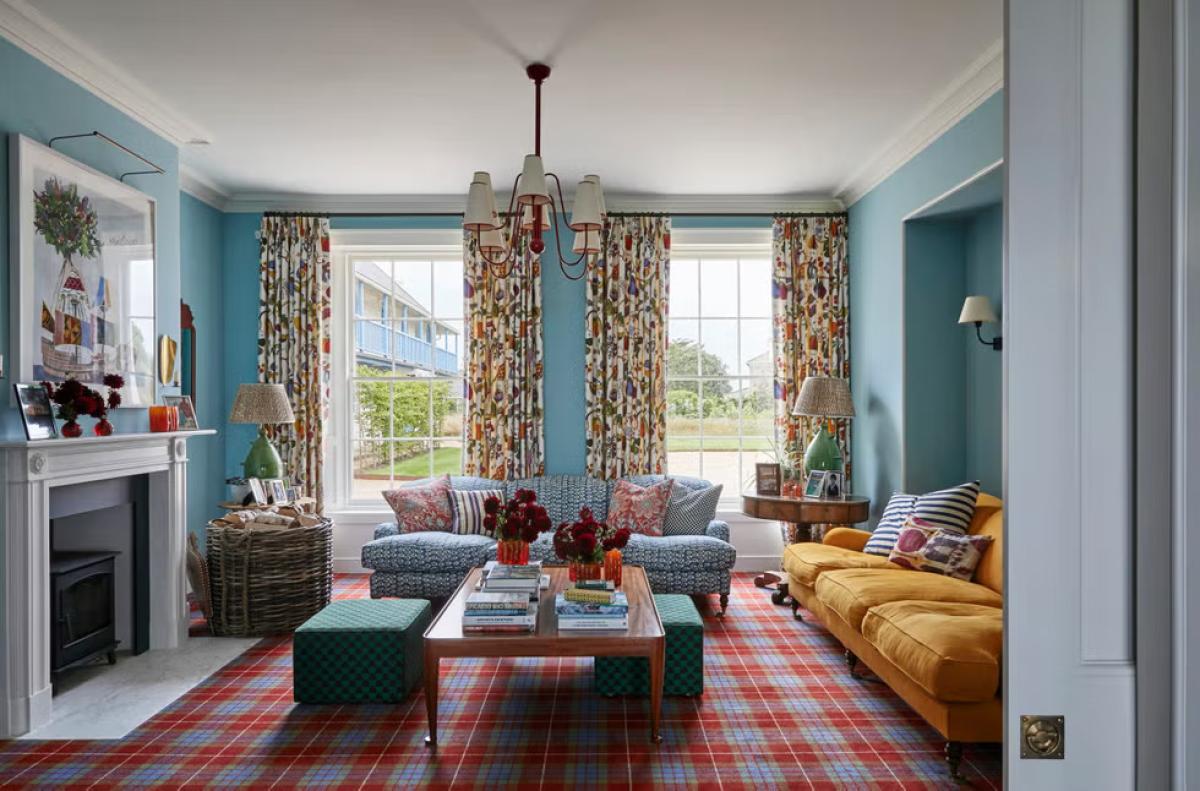

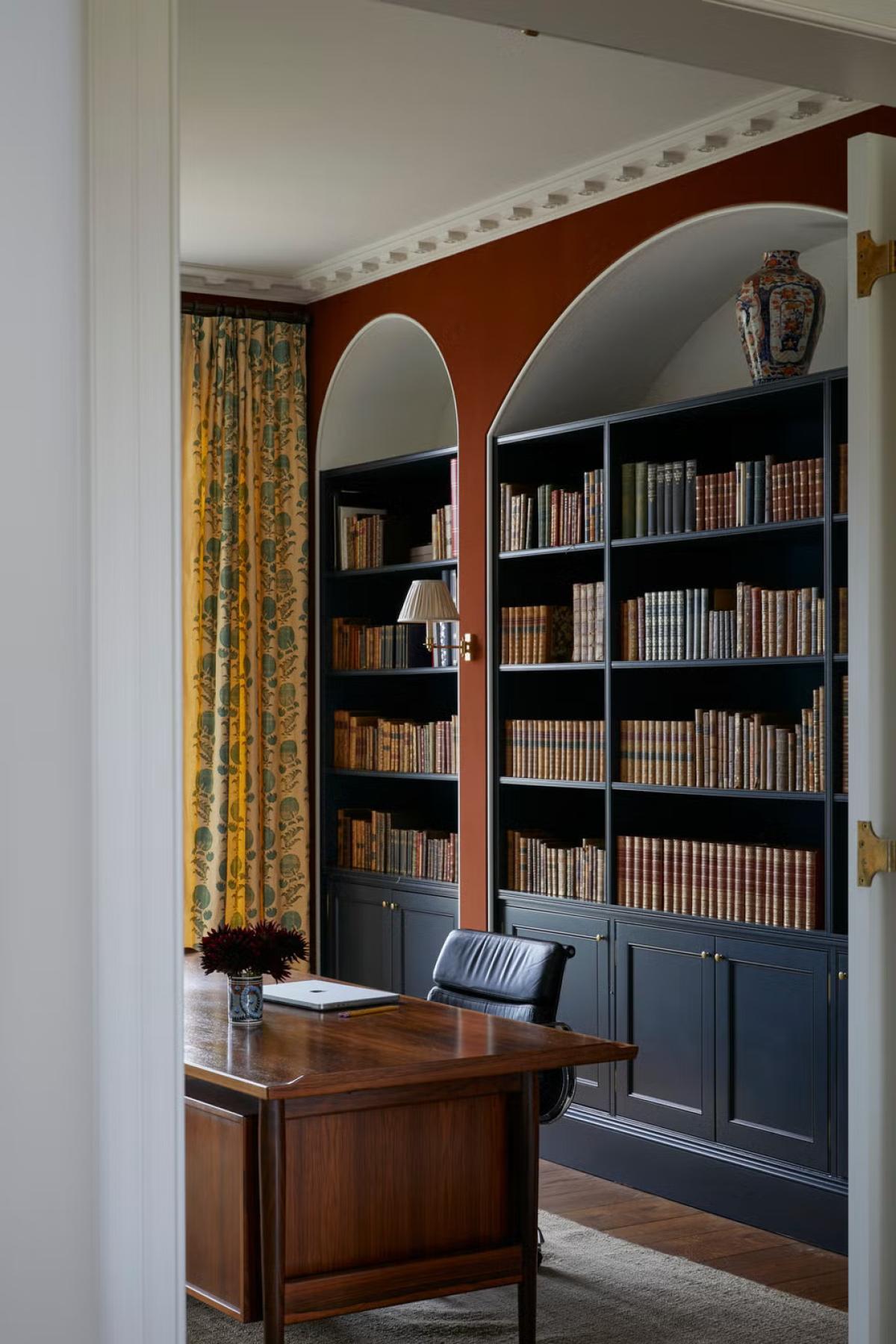
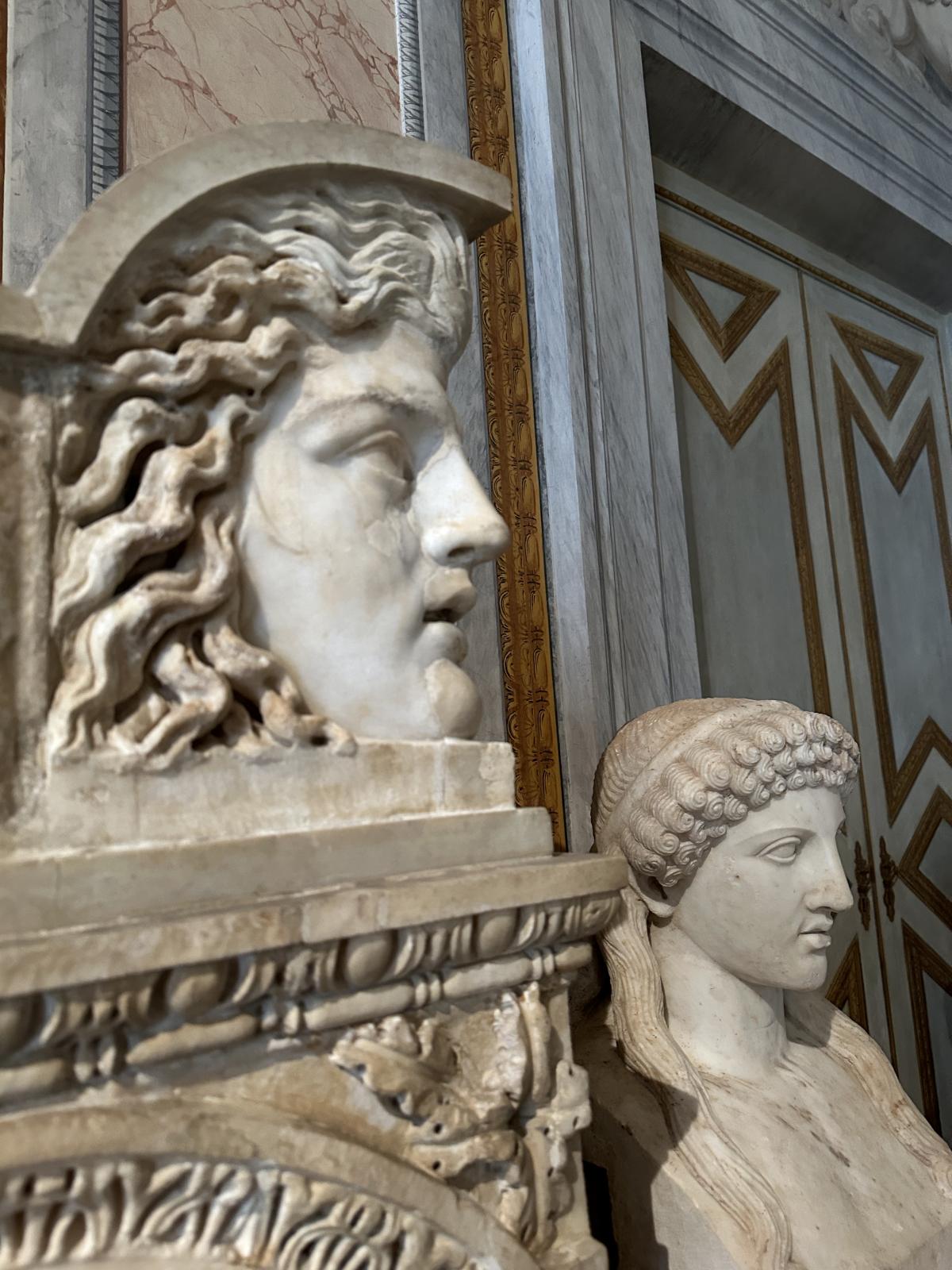
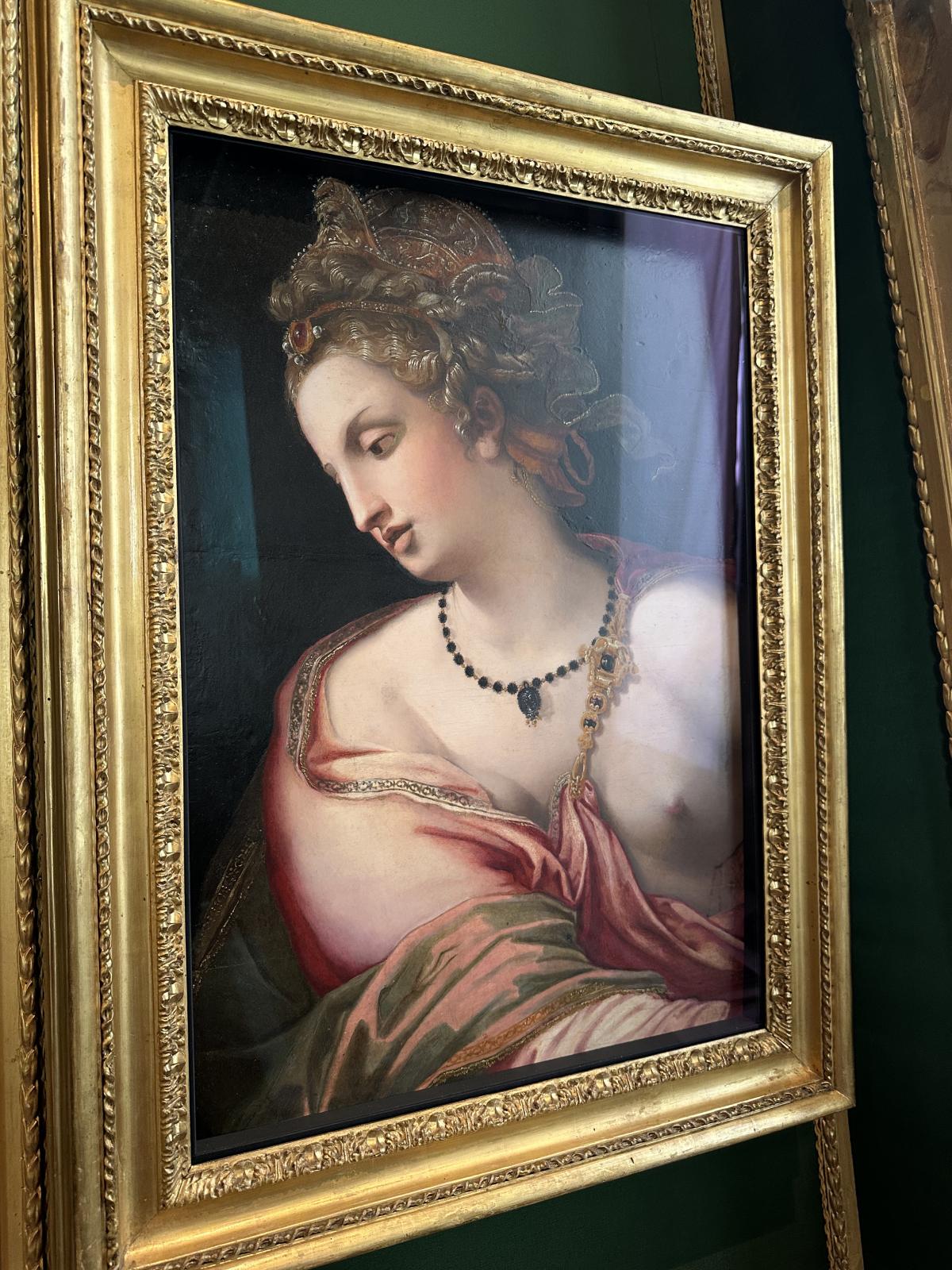
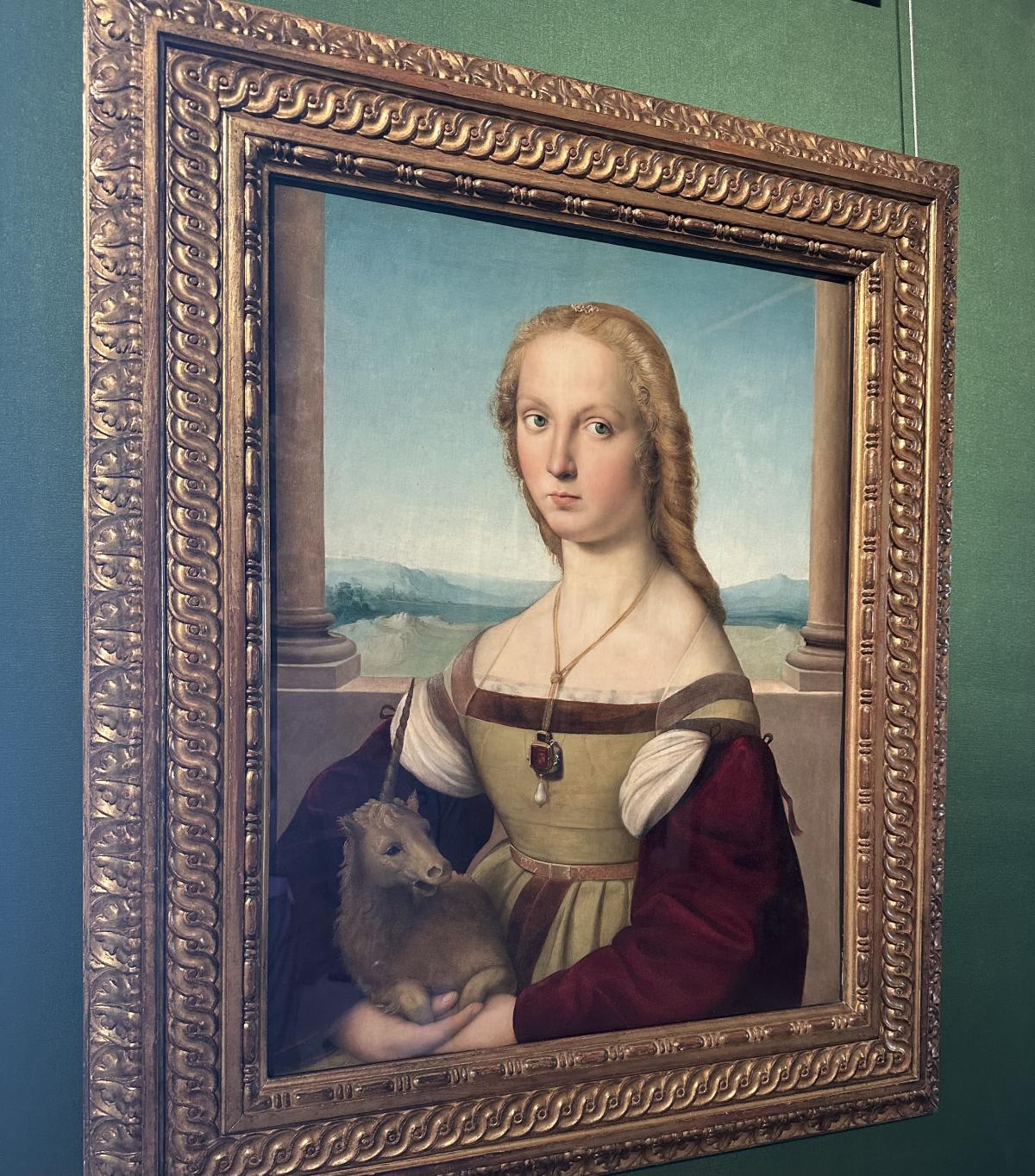
“Beauty is a promise of happiness,” wrote Stendhal. But in the age of concrete, abstraction, and urban noise, was it forgotten—or even banished from the modern cultural scene? The path of beauty in architecture and art is not a straight line. It is filled with brilliance, collapse, rebellion, and reinvention. And it is precisely today, after the turbulent 20th century, that we are witnessing an intriguing revival: aesthetics is returning not simply as an ornament, but as a necessity. Beauty is no longer a privilege from the past—it is a present with style and meaning.
Until the beginning of the 20th century, architecture and visual art in Europe and the Western world followed a clearly defined aesthetic mission: harmony, proportion, and form inspired by nature, man, and the divine order. Cities tell stories through facades and squares. Paintings depict worlds with flesh and spirit. Palaces, museums, temples, and even homes are expressions of the idea that beauty is a form of truth, and truth is eternal. In this paradigm, every column, every curve, every detail matters. Beauty is not on the surface, it is woven into the structure itself.
But with the advent of World War I, this world shatters like stained glass in a hail of bullets. People who have survived the trenches, the devastation, and the moral collapse of old Europe begin to reject everything that reminds them of the previous era—including its forms. Young artists and architects sense that classical aesthetics have lost their authenticity. What do symmetry and the golden ratio mean when the continent is engulfed in mud, gas, and wire mesh? The answer is rebellion—cultural, philosophical, visual. Modernism is born not as a style, but as a denial.
Cubism, Dadaism, and abstraction appear in art. The canvas is no longer a window to the world, but a field for ideas, concepts, provocations. In architecture, pioneers like Le Corbusier and Mies van der Rohe declare that form must follow function. Ornament is rejected. Buildings become machines for living, and beauty is suspected of bourgeois vanity. Cities are transformed into geometric schemes, where space is subject to engineering logic, not human measure. Man is now a unit, not a center.
After World War II, modernism was finally established as the new universal language of progress. This is the architecture of reconstruction: fast, cheap, functional, often raw. But it begins to lack something that cannot be measured with a drawing – the sense of place, emotion, affection. Beauty, instead of being erased, turns out to be only muted.
In the 1970s, an unexpected reaction began. Postmodernism does not simply restore decorative forms, but subjects them to play, irony, context. Facades “speak” again, but not with the dignity of the classics, but with the self-awareness of a theater. Architects quote the past – not as a legacy, but as a dictionary of possibilities. Philip Johnson, Charles Jenks, Robert Venturi introduce a new eclecticism in which the temple and the supermarket can lend a hand. Postmodernism is witty, intelligent, but also fickle. The beauty it offers is conceptual, often ironic. But the deep, quiet, embedded beauty – the one that one feels before one understands it – remains desired.
At the beginning of the 21st century, something even deeper began: a return to authentic beauty, but without naivety, without imitation. Architects such as Leon Creer, Ben Pentreath, Joanna Bevan and students of the new urbanism created buildings that drew on the classical tradition, but woven it into a contemporary context. Local materials, human scale, proportions, sustainability – this is no longer a style, but an ethic. Architecture is once again beginning to combine the useful with the inspiring. Beauty is returning as a functional necessity – as the basis of a good life.
A profound change is also being observed in the visual arts. Young artists from Europe, the USA, Russia and Asia are reviving figurative painting, classical composition, even religious motifs. It is not about restoring the past, but about consciously looking into what has been neglected – not because of weakness, but because of a cultural wound. Art once again expresses emotion, history, and human presence. Academies like the Florence Academy of Art, the Grand Central Atelier or the Repin Academy in St. Petersburg are educating generations of artists for whom beauty is a craft, meditation and mission.
Today we are witnessing a paradoxical combination. On the one hand, the technological world offers endless possibilities for abstraction and digital experimentation. On the other hand, the architecture and art that truly touch are those that address memory, place, nature and the human body. Beauty is no longer a luxury, it is a cultural concern – for the spirit, for the city, for our inner order.
And perhaps it is precisely in this new sensitivity to beauty that the answer to a long-asked question lies: not why we lost it, but how we rediscover it – with new eyes, but with the same need. Because, as Rodin says, beauty is everywhere – as long as we see it.
Photo credits - Smarthistory.org, Homesandgardens.com, Camilla Pilkington, Veranda.com, Ben Pentreath